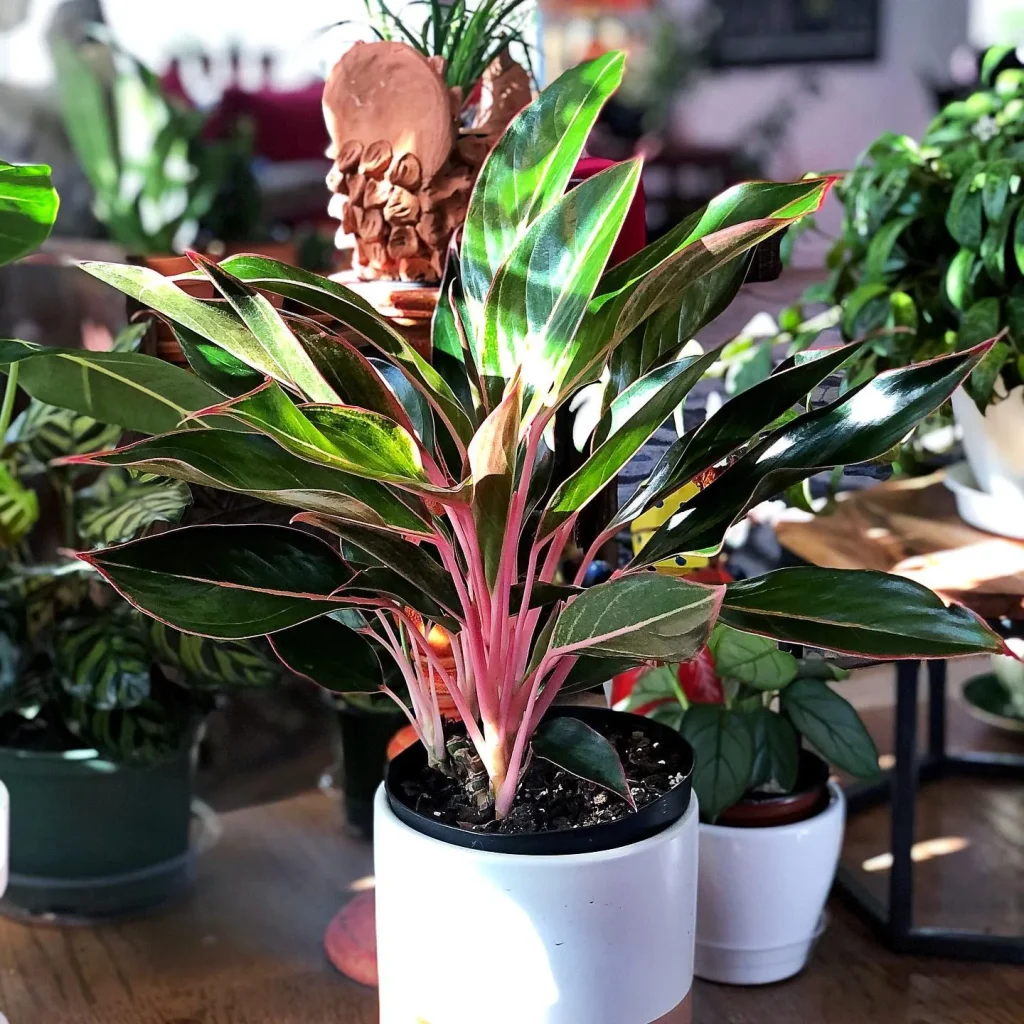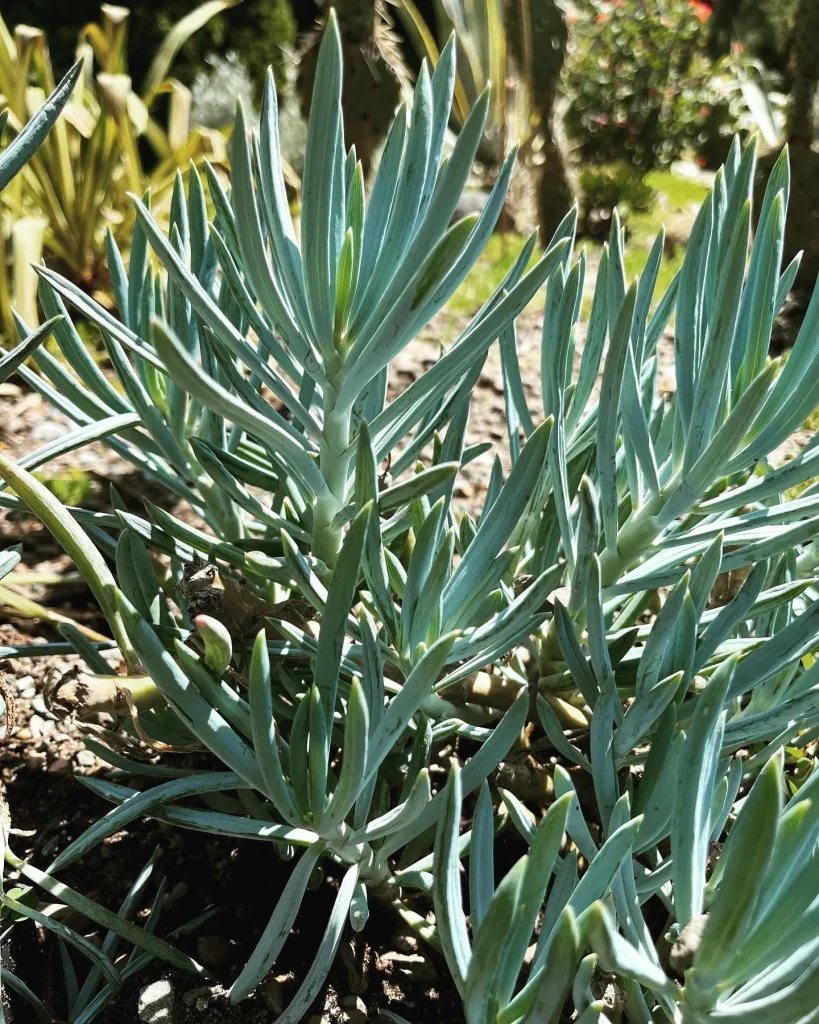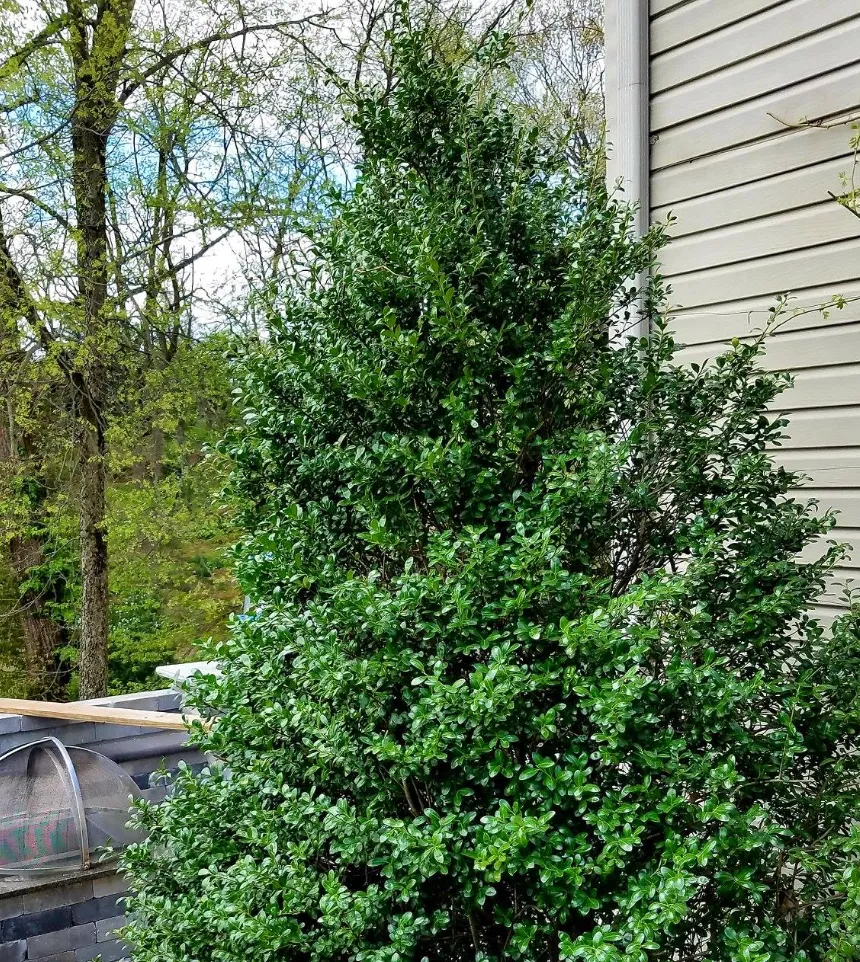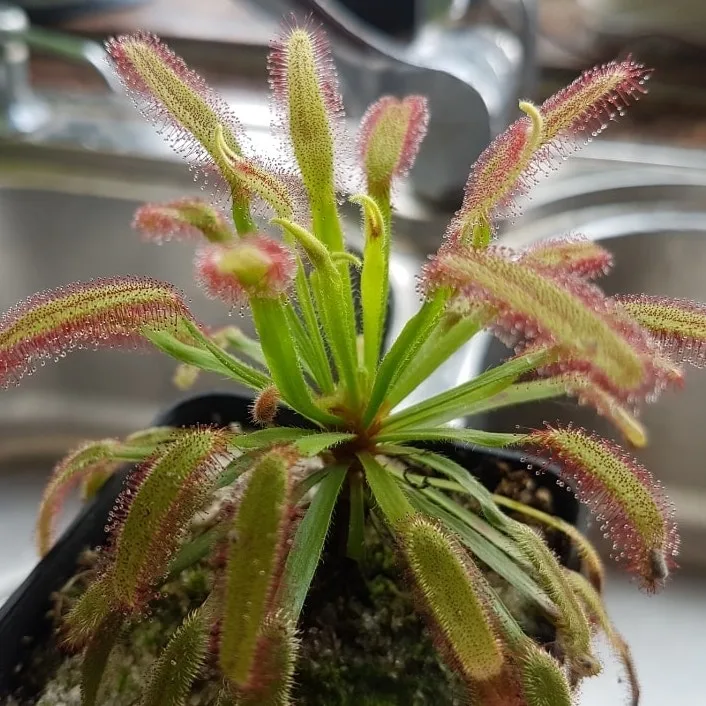FAQs About Helianthus Debilis
Helianthus Debilis, commonly known as the Beach Sunflower, is a delightful plant that can brighten up any garden with its vibrant, cheerful blooms. Having grown it myself, I’ve encountered several frequently asked questions about this sunny plant. In this article, I’ll share what I’ve learned about planting, caring for, and propagating Helianthus Debilis, along with other useful information.
66 Species in Genus Helianthus
What is Helianthus Debilis?
Helianthus Debilis is a species of sunflower native to the southeastern United States. It’s known for its spreading habit and bright yellow flowers that resemble miniature sunflowers. This plant is often used in landscaping for ground cover due to its hardy nature and ability to thrive in sandy, coastal environments.
How to Plant Helianthus Debilis?
Planting Helianthus Debilis is quite straightforward. Here’s how I go about it:
- Choose the Right Spot: Helianthus Debilis thrives in full sun, so select a location that receives at least 6 hours of direct sunlight daily.
- Prepare the Soil: While this sunflower can tolerate various soil types, it prefers well-drained soil. If your soil is heavy or clayey, amend it with sand or compost to improve drainage.
- Sowing Seeds: You can start Helianthus Debilis from seeds. Plant them about 1 inch deep and 12 inches apart. In my experience, it’s best to sow seeds directly into the garden in the spring after the last frost, or start them indoors 6-8 weeks before the last frost date.
- Watering: Keep the soil consistently moist but not waterlogged until the seeds germinate, which usually takes about 10-14 days. Once established, this plant is quite drought-tolerant.
How to Care for Helianthus Debilis?
Maintaining Helianthus Debilis is relatively easy. Here are some tips based on my experience:
- Watering: Once established, this plant is drought-resistant. However, during prolonged dry spells, a weekly watering can help keep it looking its best.
- Fertilizing: I generally don’t need to fertilize Helianthus Debilis often. If you notice the plant’s growth slowing or the blooms aren’t as vibrant, a balanced fertilizer can be applied once in the growing season.
- Pruning: Deadhead spent flowers to encourage continuous blooming and prevent the plant from becoming too leggy. Pruning isn’t strictly necessary, but it helps maintain a tidy appearance.
How to Propagate Helianthus Debilis?
Propagation is another area where Helianthus Debilis shines. I find the easiest method to propagate this plant is through seeds:
- Collecting Seeds: Allow the flowers to mature and dry on the plant. Once the flower heads are dry, harvest the seeds.
- Sowing Seeds: Follow the same planting instructions as mentioned earlier. Seeds can also be sown in pots or trays if you prefer to start them indoors.
What to Plant with Helianthus Debilis?
In my garden, I’ve paired Helianthus Debilis with other coastal or sun-loving plants. Good companions include:
- Lantana: Its vibrant colors complement the yellow blooms of Helianthus Debilis.
- Portulaca: This plant’s low-growing habit contrasts nicely with the spreading nature of Helianthus Debilis.
- Salvia: Adds a splash of different color and attracts pollinators.
Can You Grow Helianthus Debilis Indoors?
Growing Helianthus Debilis indoors isn’t ideal. It prefers full sun and ample space to spread out, which can be challenging to provide indoors. If you’re keen on growing it inside, ensure it receives plenty of sunlight and consider using a grow light to supplement natural light.
Is Helianthus Debilis Toxic?
Helianthus Debilis is non-toxic to humans and pets. It’s safe to have around children and animals, making it a great choice for family gardens.
Benefits of Helianthus Debilis
There are several benefits to growing Helianthus Debilis:
- Ground Cover: Its spreading nature makes it an excellent ground cover, preventing soil erosion and suppressing weeds.
- Low Maintenance: This plant is hardy and requires minimal care once established.
- Attracts Pollinators: The bright flowers attract bees and butterflies, which are beneficial for your garden’s ecosystem.
Common Problems with Helianthus Debilis
While generally low-maintenance, Helianthus Debilis can encounter a few issues:
- Pests: Watch out for aphids and spider mites, especially during hot, dry periods. Regular inspection and neem oil can help control these pests.
- Disease: It’s susceptible to fungal diseases in overly wet conditions. Ensure proper spacing and good air circulation to prevent mildew and rust.
Comparing Helianthus Debilis to Similar Plants
Helianthus Debilis is often compared to other sunflowers and ground covers. Here’s how it stacks up:
- Helianthus Annus (Common Sunflower): Unlike the tall and upright Helianthus Annus, Helianthus Debilis is a low-growing, spreading plant that’s better suited for ground cover.
- Coreopsis (Tickseed): While Coreopsis offers similar bright flowers, it generally grows in a more upright fashion compared to the sprawling habit of Helianthus Debilis.
In conclusion, Helianthus Debilis is a versatile, low-maintenance plant that adds a splash of color to any garden. Its resilience, ease of care, and non-toxic nature make it an excellent choice for a variety of gardening situations. Whether you’re looking to cover ground, attract pollinators, or simply enjoy a sunny bloom, Helianthus Debilis is definitely worth considering.
If i die, water my plants!



